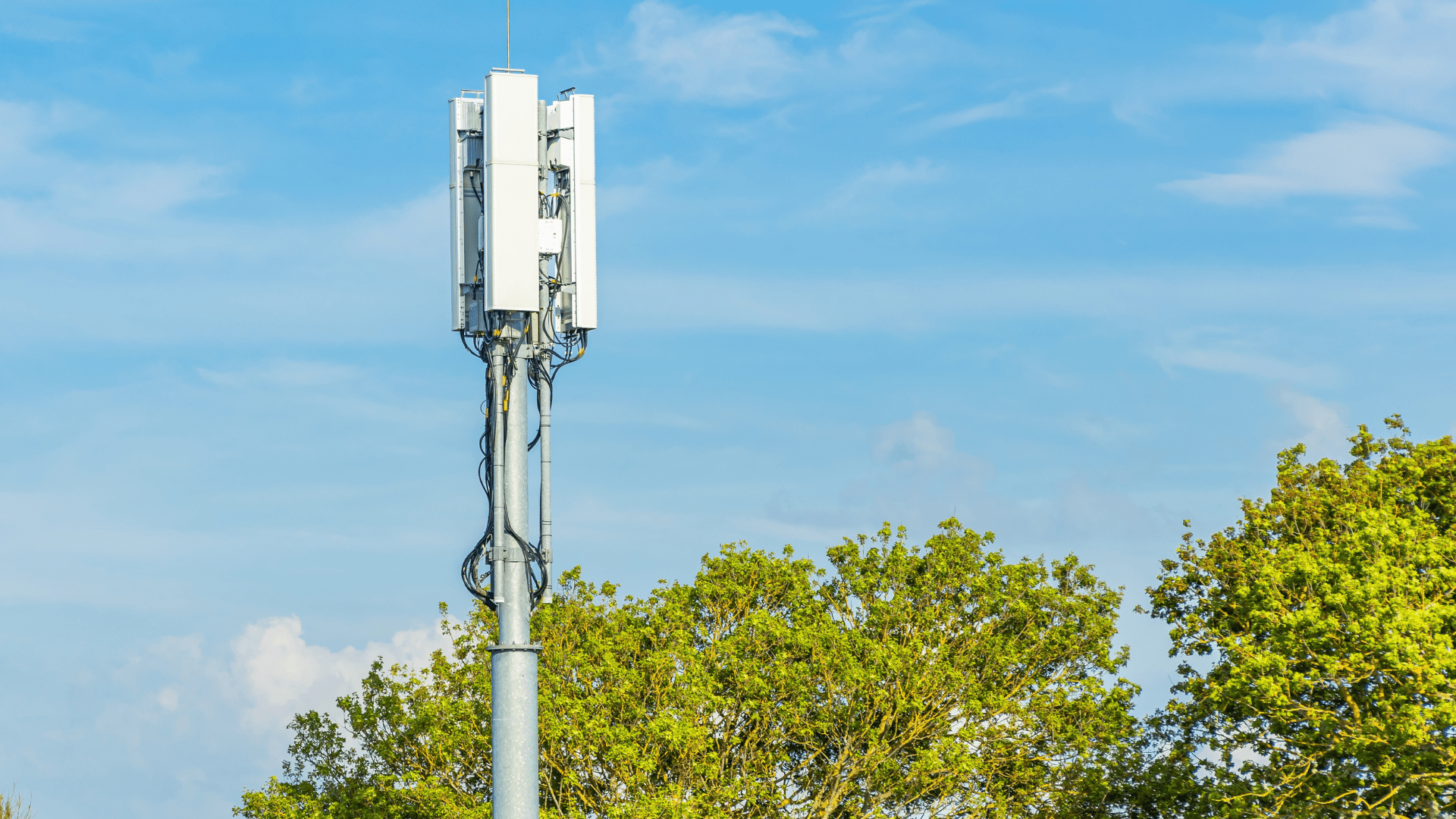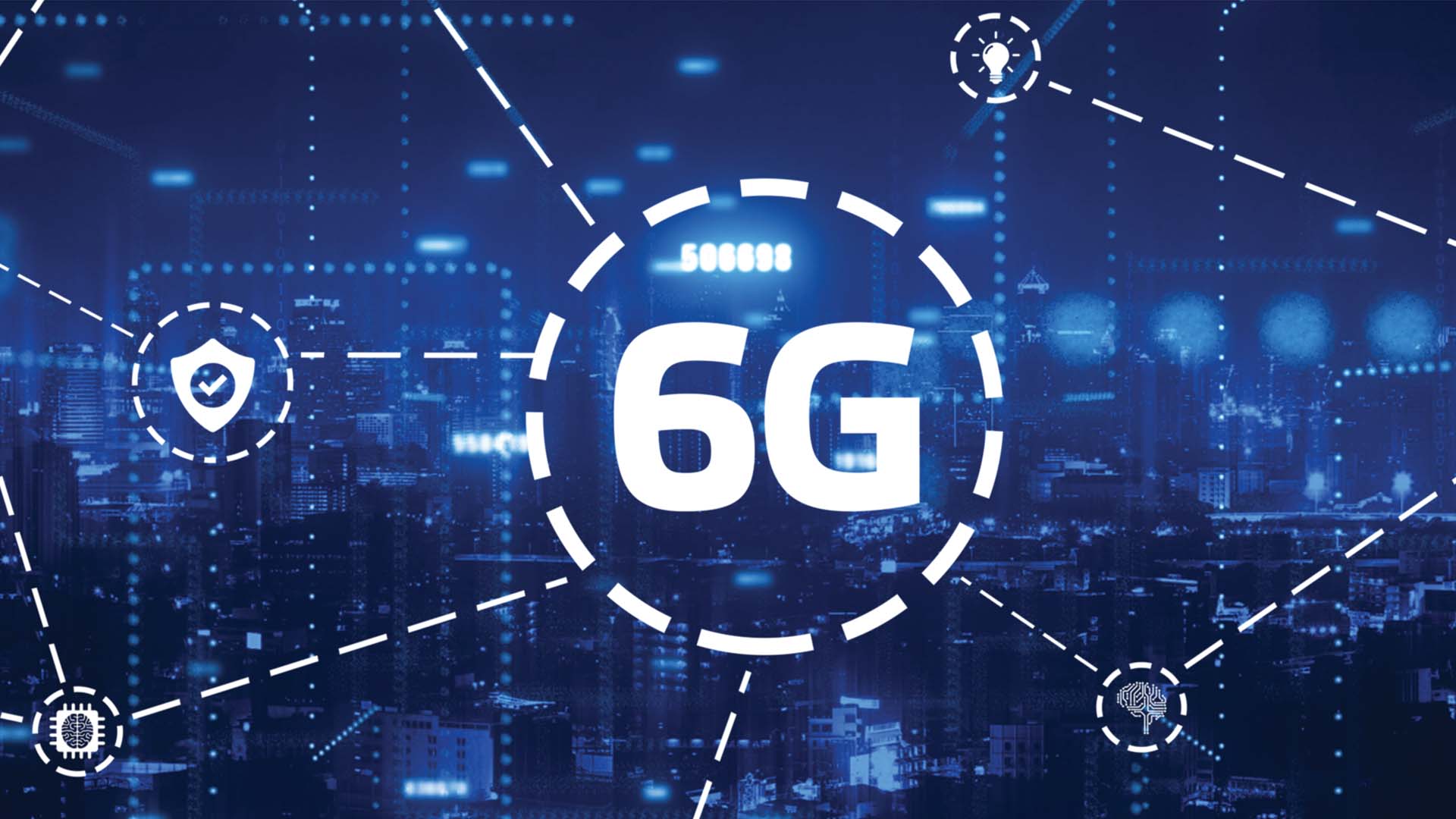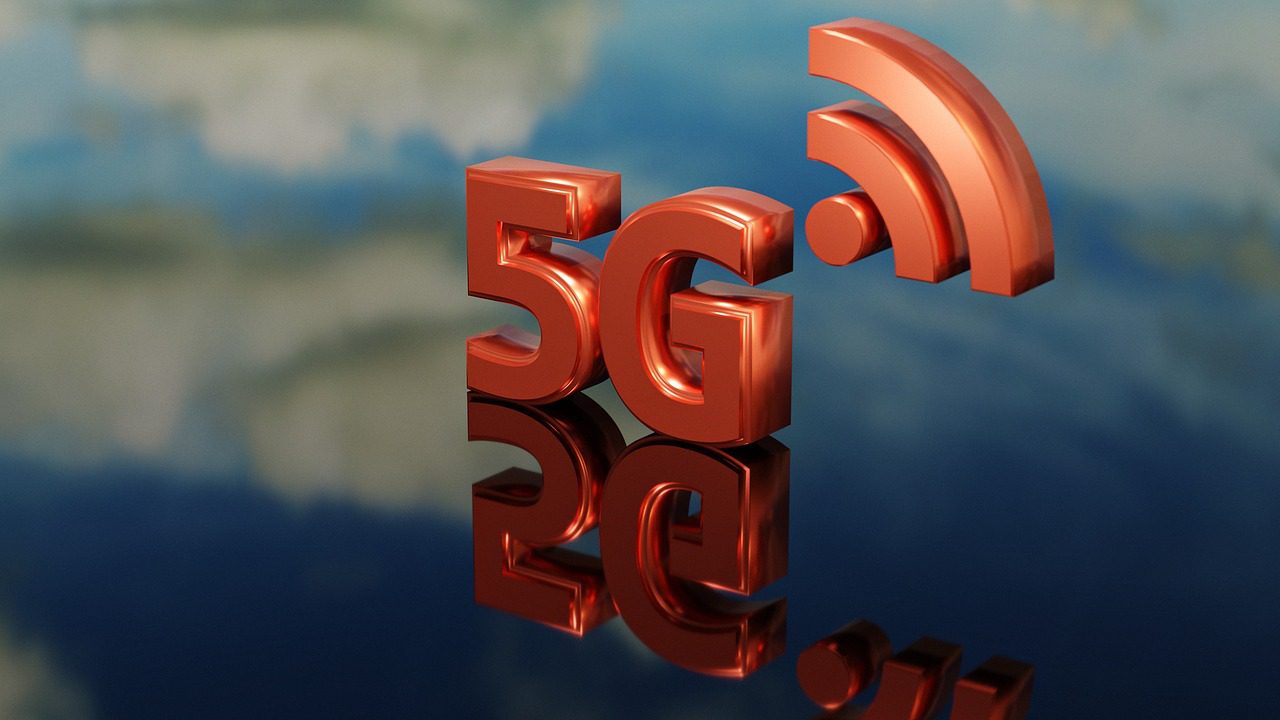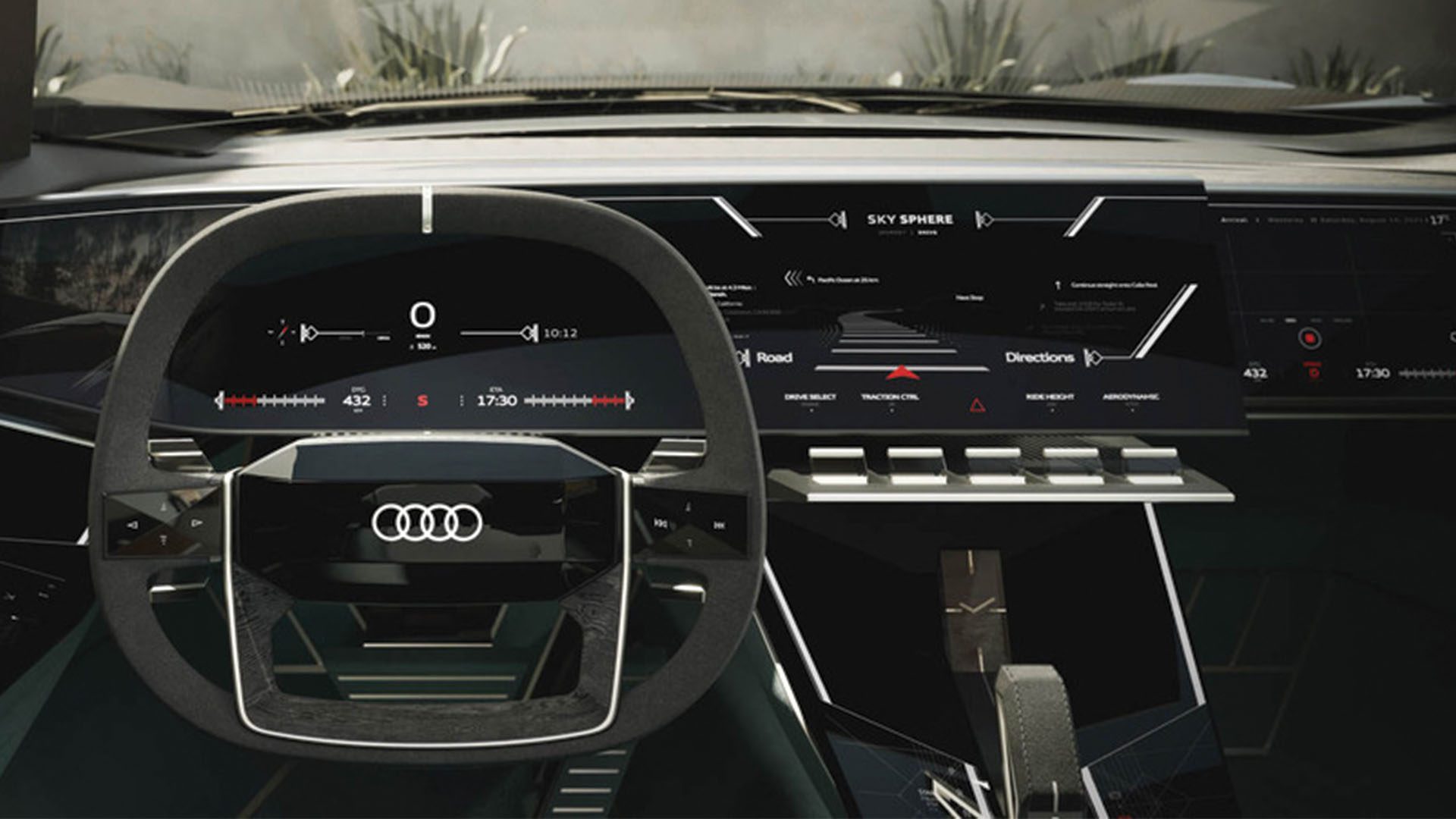Scientists claim there is a revolutionary 6G antenna that is capable of incredible things. They believe the new programmable antenna could pave the way to the future of 6G devices, smart city applications, and 3D holograms.
6G Antenna

Researchers created a dynamic metasurface antenna (DMA). A digitally coded miniature processor can control it. Essentially, it’s a high-speed field programmable gate array (FPGA), a reconfigurable circuit linked to a chip. The prototype is the size of a matchbox and is the world’s first compatible with 6G in the 60 GHz millimeter-wave (mmWave) band. This is usually reserved for industrial, scientific, and medical applications.
Currently, 5G is the fastest and most advanced mobile communications standard. Almost every smartphone on the market can connect to 5G networks. But it may need to step aside because 6G is around the corner.
Explore Tomorrow's World from your inbox
Get the latest innovations shaping tomorrow’s world delivered to your inbox!
I understand that by providing my email address, I agree to receive emails from Tomorrow's World Today. I understand that I may opt out of receiving such communications at any time.
6G Is Next In Line
6G is potentially five times faster than 5G. Although it is next in line, many technical specifications are needed. Researchers and scientists need the infrastructure and components to make the network a reality. According to GSMA, there is a long road ahead for a 6G network. For example, 6G isn’t expected to be a primary network until the 2030s. The final specifications aren’t expected until 2028.

Advancements
The breakthrough 6G antenna opens up new possibilities, and researchers outlined the findings in the IEEE Open Journal of Antennas and Propagation.
One of the benefits of the DMA is its capability of getting a signal in buildings. This is one of the things the 6G network cannot do. In the report, scientists explain how the antenna could support large-scale networks with “high transmission rates and massive data throughput.” In addition, the prototype reduced energy consumption by 88% compared to other antennas.
Furthermore, the antenna has a wide range of potential capabilities.
For example, there is potential for the DMA design in hospitals. Its design could help with patient monitoring and care. This includes monitoring a patient’s vital signs and keeping track of their movements. In addition, researchers believe there is a potential use of high-resolution radar to help autonomous vehicles navigate on the roads or in the air. This includes self-driving cars and drones.
The improved transfer of data speed opens the possibilities of holographic imaging. This breakthrough may allow the projection of 3D models of people or objects anywhere in the world in real-time.
“6G has the potential to deliver transformative benefits across society,” said Dr Masood Ur Rehman, who led the antenna development, “Our high-frequency intelligent and highly adaptive antenna design could be one of the technological foundation stones of the next generation of mmWave reconfigurable antennas.”







